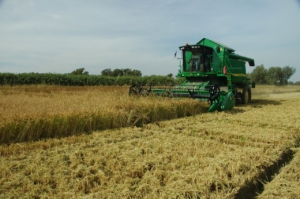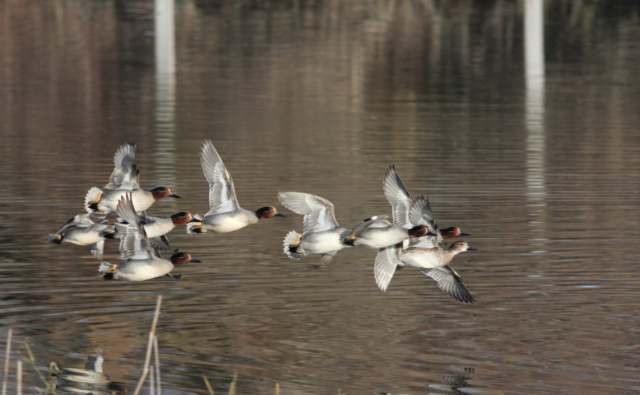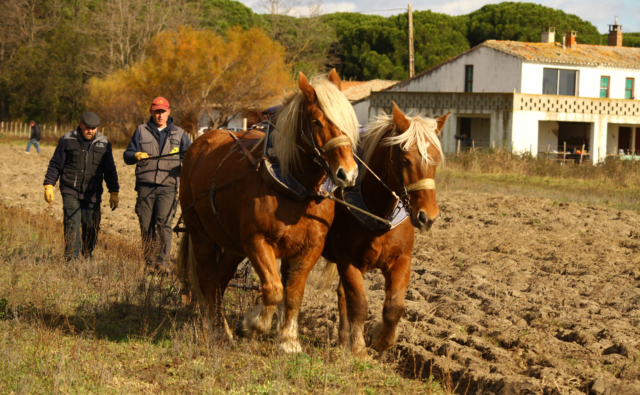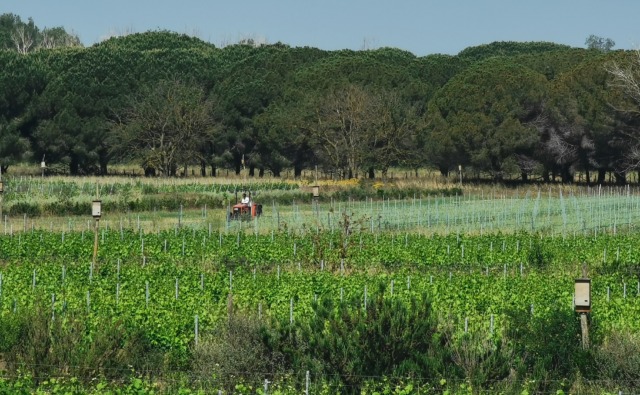This article was published int the journal Agriculture, Ecosystems and Environment as part as Pierre Mallet‘s PhD on “Synergies between agriculture and biodiversity in the rice-growing deltaic plain of the Camargue”.
The authors highlight in this article that different components of landscape complexity influence different taxonomic groups and that different taxonomic groups respond in a contrasting way to different landscape components. They also show that the use of phytopharmaceutical products modulates the effect of the landscape and that increasing landscape complexity has a greater effect in intensively-managed fields.
You can access to it on the Tour du Valat web documentary portal.

Abstract:
Increase in pesticide use and landscape homogenization are two key drivers of the decline in farmland biodiversity. The effects of these two drivers are often complex, interactive and vary among taxonomic groups. Our study tested the hypothesis that pesticide use influences the effect of different components of landscape complexity on different taxonomic groups. We sampled 32 rice paddy landscapes of 1 * 1 km in the Camargue (south of France), a wetland internationally recognized as an exceptional biodiversity hotspot. We assessed the abundance and diversity of 7 taxa (plants, bees, butterflies, hoverflies, carabids, spiders and birds) in 3 or 4 crop fields per landscape. For each landscape, we measured the length of different field margins (ditch, grass strip, hedgerow), the proportion of semi-natural areas and crop diversity. For each field, we measured management intensity by the treatment frequency index (TFI) of pesticides. We then tested our hypothesis across 118 fields. Our results show that different components of landscape complexity influence different taxonomic groups: crop diversity and the length of ditches influence bee abundance and species richness, the proportion of semi-natural areas influence spider abundance and species richness, and the length of grass strips influences bird abundance. Moreover, we show that local pesticide use modulates these effects, with more positive effects of landscape complexity in intensively-managed fields. However, we found no interactive effect between landscape complexity and field management for plants, butterflies, hoverflies and carabids. Our study therefore suggests that different components of landscape complexity need to be maintained in order to preserve multiple taxonomic groups. Moreover, it suggests that increasing landscape complexity is particularly relevant to restore biodiversity in intensively-managed fields. Agricultural policies should therefore support the simultaneous increase in semi-natural areas, field margins length and crop diversity to conserve a wide range of taxonomic groups in intensively-managed rice paddy landscapes.
Bibliographical reference:
Mallet, P.; Béchet, A.; Galewski, T.; Mesléard, F.; Hilaire S.; Lefebvre, G.; Poulin, B; Sirami, C. Different components of landscape complexity are necessary to preserve multiple taxonomic groups in intensively-managed rice paddy landscapes. Agriculture, Ecosystems & Environement 2022, 328(80):107864 https://doi.org/10.1016/j.agee.2022.107864.



